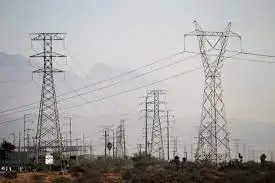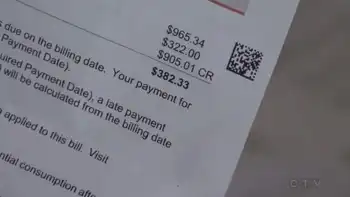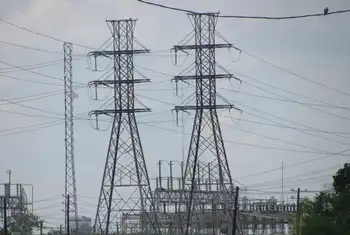More power to Italy on waste
That's how much it would cost to rehabilitate the roads, sewers, power grids and all the rest of that stuff we take for granted.
In 2005, provincial Public Infrastructure Renewal Minister David Caplan told ReNew Canada magazine that, "By some estimates, in Ontario, more than $100 billion will be needed over the next 30 years to bring our public infrastructure into a state of good repair."
Let's be honest, it's highly unlikely that such vast sums will be found.
That's why it's time to consider the nuovo modello italiano, the new Italian model. Like Canada, Italy has neglected its aging infrastructure. Like Canada, it has passed the point when it can afford to maintain the invisible structures that keep the country running.
Unlike Canada, however, Italy has turned to the private sector for answers. It has both the cash and the desire to invest in incineration plants and water purification operations, the kinds of things that Canadians insist are best handled by the public sector.
As Filippo Penati, president of the Province of Milan, argues: "The public sector should provide leadership, it has the power to control. But the private sector should act. It is much more sensitive to cost."
Though Penati admits there has been opposition to private/public partnerships, especially from what he calls the "radical left," he also insists the modello works – and that's what counts for the majority of Italians.
Here, by contrast, the very notion of private/public strikes fear and loathing into the hearts of many. That's not hard to understand; after all, one need look no further than the trial of Conrad Black to see what corporate Canada is up to. Before him, there was a whole assortment of corporate crooks who stole with abandon.
Though one might also wonder about the probity, let alone the efficacy, of the public sector, in Canada we persist in our belief that the absence of the profit motive is itself a guarantee of better behaviour, if not service.
By contrast, the Italians seem to have found a way of ensuring the best of both worlds, public and private.
An example is Green Holding Group. Among its various operations is a state-of-the-art domestic waste incinerator in the municipality of Dalmine outside of Milan, which burns 350 tonnes of garbage daily and boasts the lowest emissions of Italy's 40-odd such plants. It also produces 100 million kilowatt hours of energy annually, enough power for 120,000 people.
Aside from the arguments about the benefits of waste-to-energy – another area in which Canada, and Toronto in particular, are 30 years behind the times – the point here is that a privately run corporation exists profitably within the framework of a publicly conceived system.
For instance, emissions are monitored continuously and were they to exceed the government's limits, the plant could be shut down within two or three hours.
"There was a lot of resistance to the idea of the incinerator," admits the environment minister of Bergamo Province, Alessandra Salvi. "But public opinion has changed. Because the emissions are so low and the process is so transparent, there's less public opposition now."
Before the plant opened in 2002, local waste was shipped to a landfill site in Switzerland. Sound familiar?
"We're still dealing with the problems of landfill 20 or 30 years later," Salvi explains. "Our experience has shown that incineration has less of an environmental impact than landfill. It's no longer an option. Local environment groups have accepted incineration; the problems of landfill are so much greater."
As for private-sector involvement, Salvi says that's not a problem: "The debate now is about the level of compensation paid by the plant to the municipality."
Waste, the minister says, is a resource, not to be buried underground but sold at a profit.
Related News

Mexican president's contentious electricity overhaul defeated in Congress
MEXICO CITY - Mexican President Andres Manuel Lopez Obrador's plan to increase state control of power generation was defeated in parliament on Sunday, as opposition parties united in the face of a bill they said would hurt investment and breach international obligations.
His National Regeneration Movement (MORENA) and its allies fell nearly 60 votes short of the two-thirds majority needed in the 500-seat lower house of Congress, mustering just 275 votes after a raucous session that lasted more than 12 hours.
eeking to roll back previous constitutional reforms that liberalized the electricity market, Lopez Obrador's proposed changes would have done away with…





